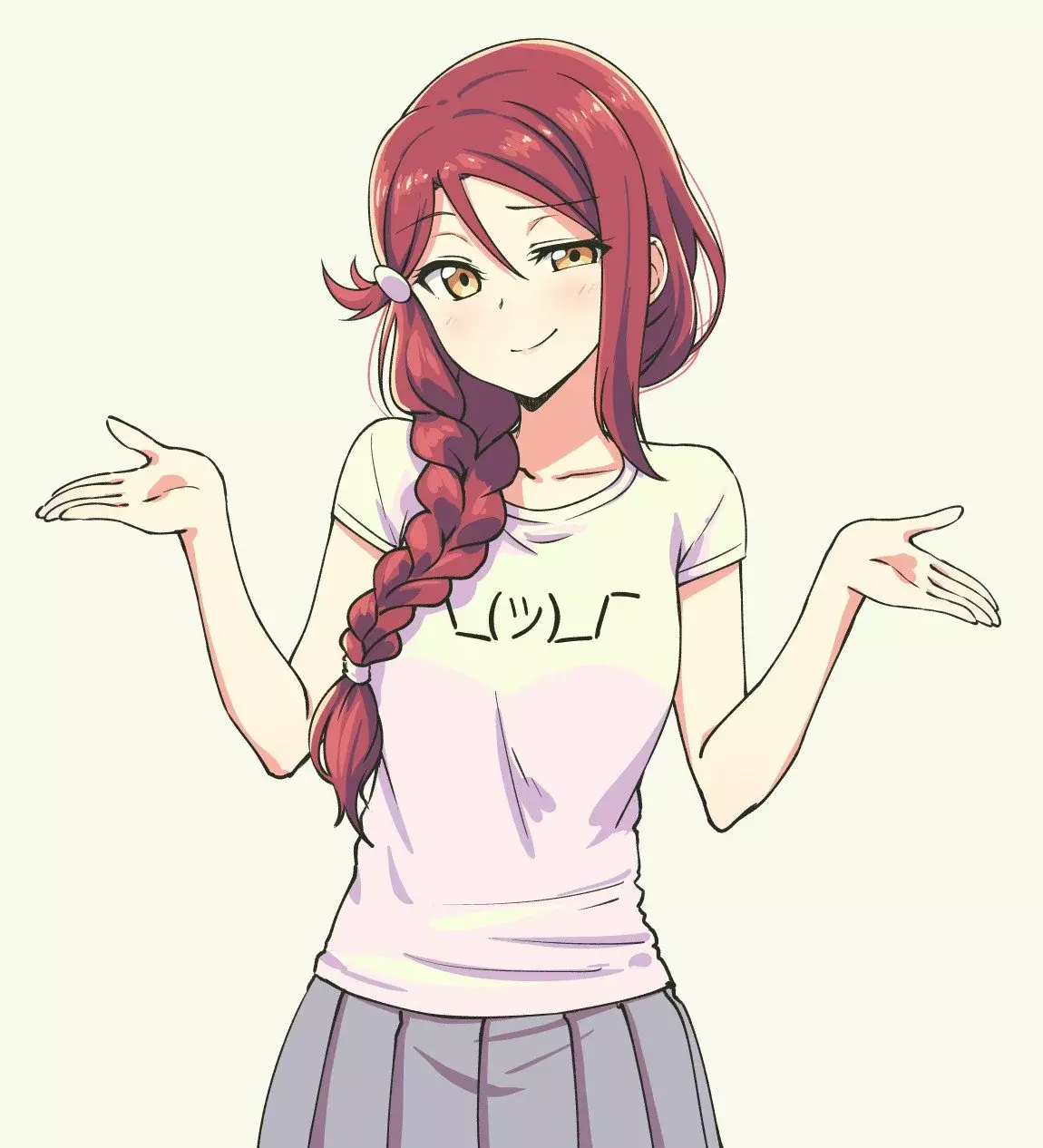- cross-posted to:
- coolguides@lemmy.ca
- cross-posted to:
- coolguides@lemmy.ca
Edit:
This is not intended as “how to grow all your food you ever need at home”.
It merely provides the vegetables.
You still have to get your grains (and therefore the majority of your calories) from somewhere else.
geteilt von: https://lemmy.ca/post/22193783


That is not enough food to sustain a person, but a great way to cut down on grocery needs!
Is it efficient land use, though?
Keep in mind, we have to be able to feed 10 billion people. Homesteads like this are of course better than just plain grass, but compared to a farm, the output per area is probably really low. So there’s still land being “wasted”.
You can’t compare this sort of thing to actual farming though, because that’s not the point of it at all. The point is supplementing from other sources like farms, reducing the need for intensive agriculture, and potentially (with enough people shifting to home gardening) reduce the size of farms needed for veg growing, freeing that space for other things.
It doesn’t have to be as efficient as a big farm to be good for the people consuming it as well as the environment (grass is worthless and veg have to be shipped if not grown locally)
We can’t let perfect be the enemy of good.
I would’ve thought that as well, but, at least according to some studies referenced by the Edinicity project, small urban farming apparently results in significantly higher yields compared to industrial farming. If the figures referenced are correct, then it would seem small urban farming could be quite viable as a source of food for significant amounts of people.
I think the idea is that is an alternative to lawns, patios, driveways etc on already residential land, not a replacement for crops on already agricultural land. In fact, if all farmland was replaced with plots like this I don’t think there would be enough people on the planet to live on them!
In exchange, the vegetables are really fresh.
just buy a ton of land and farm equipment forehead
No.
You might be able to survive if you grow just potatoes in those 8 beds and feed the 6 laying hens on weeds and scraps from the other plants.
You can also convert 3, the “tea herbs,” into more potato beds.
Potatoes are great from an energy input position, but if you were doing this without potatoes and your neighbor was doing just potatoes, I think that might be enough for both.
No, you cannot source all of your food that way. Only the vegetables. You still habe to get grains from a machinally-farmed farm. It says so in the description (4).
Im only referring to raw human survivability.
Whether this amount of growing space could produce enough calories per year to keep 1 human at “barely alive or better” caloric input.
In my estimate, you would need to devote most of the land to potatoes, and rely on eggs, rabbit meat and likely some wild foraging for the rest. It probably is feasible if you do the above.